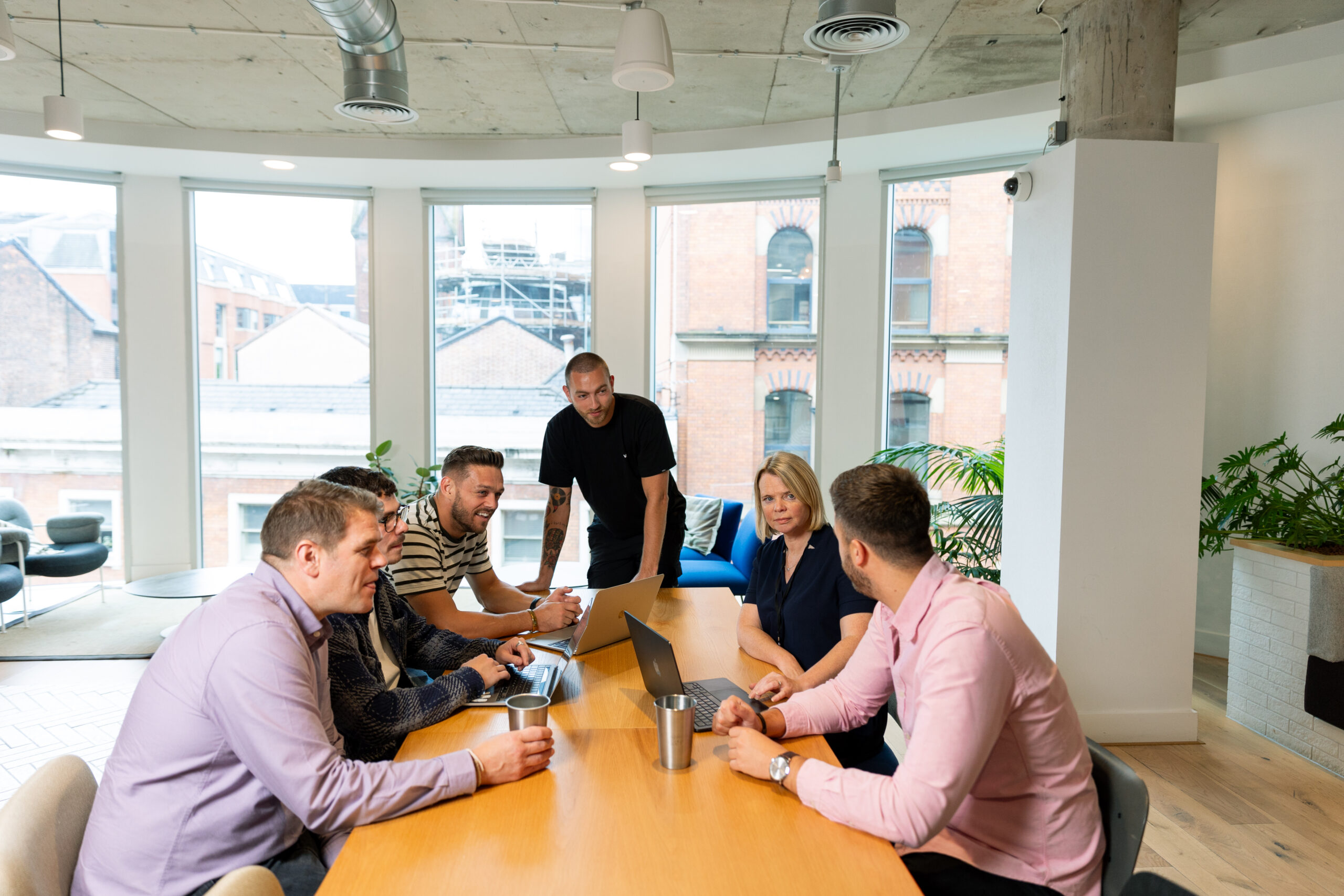The most effective method of research for innovation

Written by Vypr Founder, Ben Davies
Continuous Discovery Applied to Product Innovation
Consumer insight is essential to successful product innovation, but only if obtained in a frequent manner throughout the NPD process, instead of only in a one-off fashion at the beginning or end.
But how can we apply consumer insight in a bite size, daily way that drives consumer-centricity all the way through the product innovation process? How can this be used to drive better product development outcomes?
This article will take you through exactly how to apply an effective method of research to achieve these goals.
After all, faster, better, deeper insights = faster, better, deeper innovation.
A reminder of Waterfall and Agile Innovation processes
When conducting product development, teams often adopt one of two processes. In the first, a Waterfall process, work progresses in one direction, and if the team needs to go back and make a change to one of the starting stages of the process, every other activity below it is affected. Traditionally, these teams focus on discovery (research) at the beginning of the process to inform project requirements.
Once the Technology sector realised this process wasn’t very effective, a shift in mindset led to teams working in an Agile way, the second process now preferred by many. In this framework, specifically in the software industry, teams focus on pushing working software in a live environment as soon as possible, and then iterating based on customer feedback. One principle of Agile is working in short time periods called sprints, which means teams don’t have time for the traditional research usually conducted on a large-scale to inform the start of a product development process. This means Agile teams can often put pressure on researchers to complete research in unreasonable timescales, and sometimes even skip research.
Continuous discovery can help here. It allows teams to achieve benefits of this traditional research without sacrificing on the speed or quality of the insights.
What is Continuous Discovery?
In the world of digital product development, continuous discovery is an effective approach to research used in Agile teams. It involves conducting user research in a frequent, bitesize way through the product development process, instead of only conducting one-off research at the start of the cycle. This means that customer research is flowing in all decisions made throughout the cycle, not just upfront to inform the product to be made (which is still an important step to undertake, called ‘Product Discovery’)
In this article we’ll discuss how we can adapt this concept to the world of physical product development for the Consumer Goods industry.
As mentioned above, Product Discovery is a term used in software development that refers to the research that informs what products should be built to solve for consumer needs and optimise features.
Continuous Discovery is product discovery, but done in a continuous way. This may sound like jargon, but it simply means conducting product discovery (research) throughout the development cycle to continuously inform all decisions made in the product development process.
Within the world of software, a good degree of this would be done with early stage products in a live environment, with feedback from real users. In physical consumer goods, particularly food & drink, this clearly isn’t possible, so we need to replicate real products by using digital testing tools and asking for feedback from consumers via their smartphones. We then iterate our decisions based on the feedback we get throughout the development cycle.
What it means in practise is weekly touchpoints with customers, by the team building the product, where small research activities are conducted, in pursuit of a desired product outcome. Those research activities should be simple to activate, repeatable and accessible.
In consumer goods, traditional research approaches only focus on getting this consumer feedback at the start of the product development process to inform what should be developed, or at the end once everything has already been developed. This is a flawed process as oftentimes companies don’t know the best questions to ask at the start of the process, and waiting to ask once everything is developed could be fatal as it is difficult to fix products once all the resources have been invested. This is an expensive mistake to make, literally and figuratively, and fuels the high failure rates we see in CPG today.
So what’s the fix? To continuously touch base with consumers, incorporating their feedback into the product cycle.
This means companies can remove subjectivity, opinions and guesses on how best to optimise and develop products, as they will see their products from their consumers’ points of view, which is far more valuable than complicated speculation.
We can continuously ask for input from consumers every time we show them a new iteration, and then validate the new version at a larger scale.
This feedback brings light to the product development process as it means consumer intelligence is validating every decision being made.
How can we apply continuous discovery to physical product development?
Instead of doing it live in market live software teams as we mentioned when discussing Agile, we’re doing it during the product development cycle – so we have to mimic live product, whilst still in the development cycle.
To do continuous discovery for physical product development you need the team building the product to engage with the customers weekly to get fast answers to your daily questions, with simple online product testing tools like Vypr.
So how do you structure the research to ensure you stay focused on the development cycle and product outcomes?
- Create key hypotheses (will consumers buy this product in this form, at this price for example) and test them robustly
- Prove or disprove any assumptions that have crept into the development phase – such as ‘consumers won’t pay more than £2.50 for a product in this category’
- Continuously map and model purchase intent through the development cycle to ensure it is increasing
- Conduct rigorous A/B testing on design and visual of the product and packaging
Continuous discovery as a principle can be applied for most research methods conducted in organisations. As we’ve seen, it simply means conducting frequent, small and robust research activities with consumers.
It simply requires a shift in mindset, and is most effective when teams commit to a schedule, and collaborate together.
By following the principles of continuous discovery through an Agile approach, Innovation Intelligence can flow through an organisation. Innovation Intelligence means robust consumer data flowing straight into the hands of decision-makers, making research no longer just an occasional, tick-box exercise, and allowing deeper, predictive insights into what will work best, throughout the product cycle.
By placing consumer data and subsequent intelligence at the heart of product development through continuous discovery, businesses can create a sustainable, financially beneficial way of working.
This also helps companies navigate industry challenges, such as in the food and drink sector where there are upcoming restrictions on the promotion of foods high in fat salt and sugar (HFSS). By incorporating frequent consumer research and subsequent intelligence into product development processes, teams can create the products consumers really want and optimise them before they’re launched.
Conclusion
In summary, Continuous Discovery is an approach to research that helps teams incorporate frequent consumer feedback into their product development decisions, to generate winning products that deliver on value to both organisations and their target consumer audiences.
Looking to start the process of continuous discovery by engaging with your consumers? Online product testing tools like the Vypr product intelligence platform can help you get robust, speedy consumer insights to navigate industry challenges such as upcoming UK HFSS legislation. Simply get in touch with our friendly team to get started.

Ben Davies, Vypr founder







